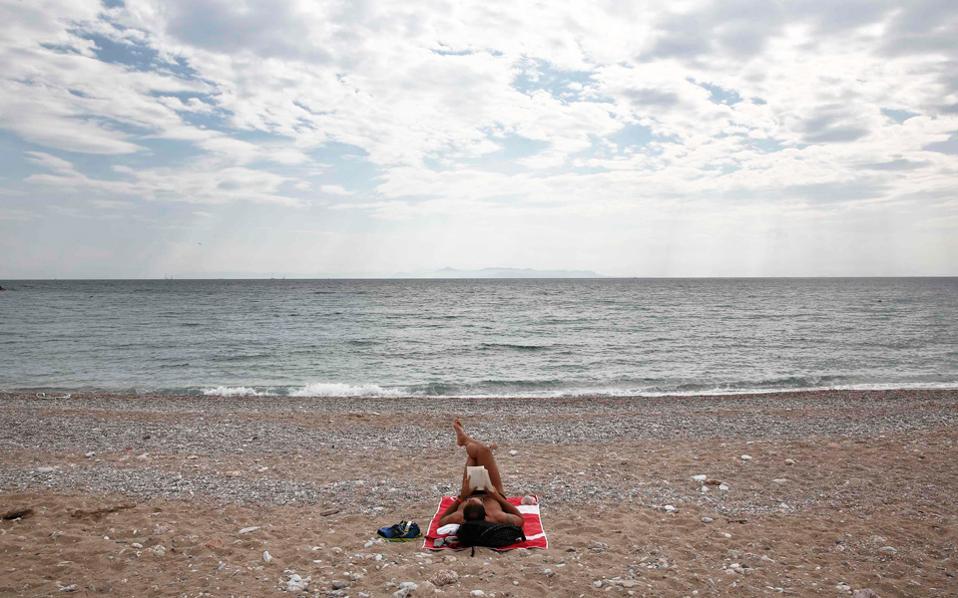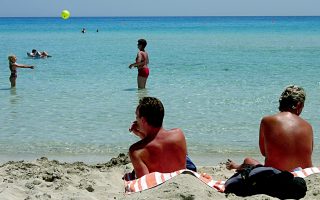Tourists’ preferences, destinations change

This year has seen big changes in Greek tourism, from geographical distribution to seasonal variation.
The country may be on its way to record revenue, but an increasing number of visitors are avoiding the most expensive destinations. Also, many increasingly plan their holidays outside August, when the season peaks and the massive number of travelers negatively impacts personal experience.
For many, the quest for unique and personal experiences becomes a priority, although there are still many who arrive in groups and prefer the predictability and relatively low cost of all-inclusive packages.
Attica, the region surrounding the capital of Athens, was, until last year, a mere transit point for visitors on their way to the islands. It has become a major destination as tourists appreciate the unique combination of a European capital full of cultural sites and extensive beaches. Short-term rentals are booming.
High-end tourism is still thriving as occupancy rates in 5-star hotels prove, but even these high-income tourists have begun avoiding places such as the islands of Mykonos and Santorini in favor of upcoming, quality destinations such as Antiparos and Patmos.
Hotel price hikes in Greece compared to 2019, the last pre-pandemic year, are the highest in Europe, according to research firm Mabrian. Prices at 5-star hotels have risen 123% over 2019. France and Italy may still be more expensive but are also more popular, and Spain offers competitive prices. Tourists increasingly turn to lesser-known islands such Leros, Naxos and Tinos and even mainland Greece, where mountain villages have for the first time experienced big crowds of foreign visitors.





